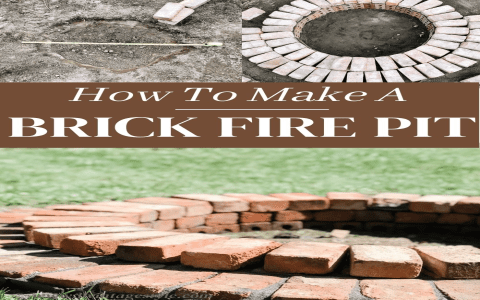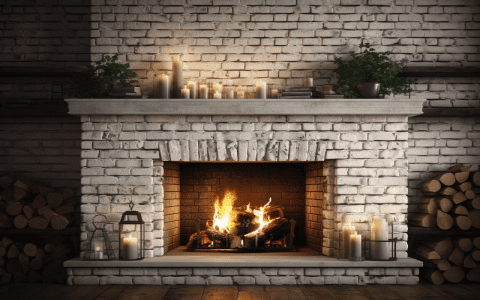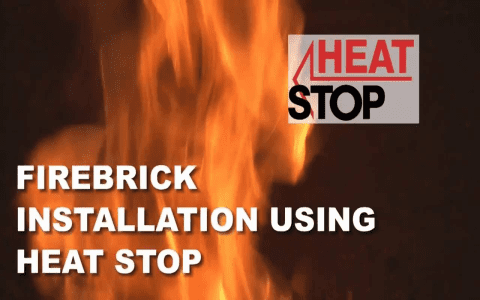Well now, let me tell you about this thing they call “cast refractory.” Sounds fancy, don’t it? But it’s just a way of talking about materials that can handle a lot of heat and not break apart. You know, like them old brick ovens they used to have in the villages for baking bread and cooking meat. That’s the kind of thing cast refractory is good for—high heat, tough work, and not giving up easy.
Castable refractories, as they’re sometimes called, are special kinds of materials used to build and repair stuff like kilns and furnaces. Now, you might be thinking, “What’s a kiln?” Well, a kiln is a big oven used to bake things like pottery, or even smelt metals, you know, when they heat them to melt and shape ’em. So, you need something that can take all that heat and not just fall apart after a while. That’s where castable refractories come in, you see. They’re made to resist heat, stay strong, and keep on working for a long time.


Different Types of Castable Refractories
There are a few different kinds of these castable materials, and depending on what kind of job you got, you’ll pick the right one. Some are better for withstanding high temperatures, and others are tougher against things like wear and tear. Let’s go through a few of the main types, just so you know what you’re looking at:
- Low Cement Castables: These are made with less cement, which means they can handle even higher temperatures. They’re a bit more expensive but last longer in extreme conditions.
- Conventional Castables: These are the regular ones, made with more cement. They’re cheaper and can still do the job, but they might not last as long in the really hot stuff.
- Abrasion Resistant Castables: Now these ones are tough as nails! They’re made to resist wear and tear from stuff like metal or rocks rubbing against them. If you’re using them in a place where things get knocked around, this is what you want.
Why Castable Refractories Are So Important
Now, you might wonder, why all this fuss over castable refractories? Well, the thing is, when you’re working with high heat, like in those big furnaces or kilns, you need materials that won’t just melt or break. If the material breaks down, that’s a big problem. You could lose a lot of money and time. So, using castable refractories is like making sure your tools and your kitchen are built strong. They last a long time and keep working, even in the hottest of times.
For example, let’s take a product like the PACOCAST 28LI castable. This one is made from pyrophyllite and andalusite minerals. Sounds a bit fancy, huh? But all that means is it can take the heat better than others because it has low iron content. That’s good for when you’re working with really high temperatures, like in some of the industries that deal with metals or glass. It’s strong, it’s tough, and it keeps on going when other materials might just crumble.
Where Do You Use Cast Refractories?
Castable refractories are used all over the place. You’ll find them in industrial settings, like in steel mills, cement factories, and places that melt metals. They’re also used in power plants, where they help keep the heat from escaping. And it’s not just big factories either—folks who make pottery or do glassblowing will use them too. They help keep the heat inside the furnace or kiln where it’s needed.
How to Use Castable Refractories


Now, using these materials isn’t as simple as just throwing them in the oven. You have to mix them up with water and make sure you get the right consistency. Once it’s ready, you pour it into molds to make it the right shape, and then let it dry and set. After that, it’s all ready to handle the heat. Just like that, you’ve got yourself a strong, heat-resistant surface!
So, whether you’re fixing up an old furnace or building a new kiln from scratch, castable refractories are what you need. They might not be the most glamorous material out there, but they sure get the job done. And when you’re dealing with that kind of heat, you want something that’s gonna stick around and not break under pressure.
Conclusion
To sum it up, castable refractories are materials that are specially designed to handle extreme heat without breaking down. They come in different types for different jobs, and they’re used in everything from big factories to smaller workshops. If you’re looking to make sure your furnace or kiln lasts through all the heat, you’ll want to use these materials. Just make sure to pick the right one for the job, and you’ll be good to go.
Tags:[cast refractory, castable refractories, kiln repair, furnace materials, high temperature materials, PACOCAST 28LI, abrasion resistant castables, industrial refractories, refractory castables]



